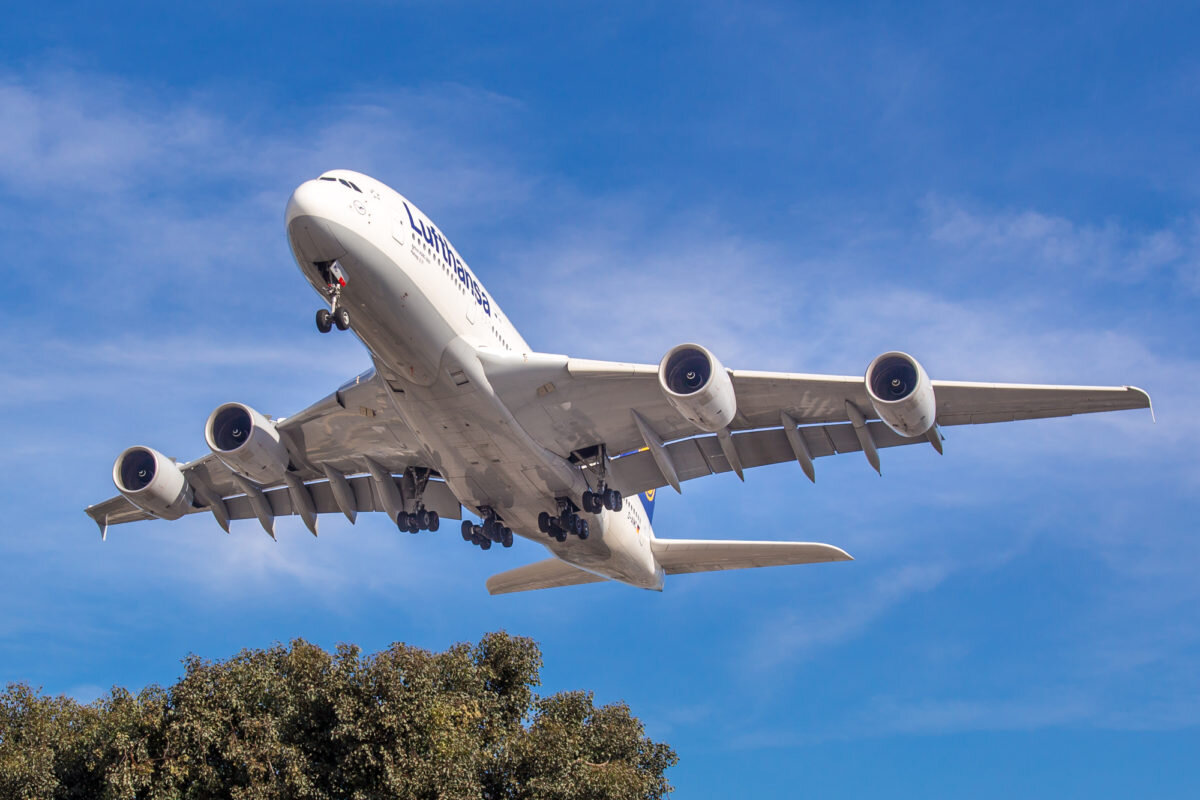
Aircraft spotting is a hobby that has fascinated many for decades. But what exactly is it? Aircraft spotting involves observing and identifying different types of aircraft, often at airports or other locations where planes are visible. Enthusiasts, known as spotters, use binoculars, cameras, and flight tracking apps to get a closer look at these flying machines. Why do people love this hobby? It's a mix of passion for aviation, the thrill of the chase, and the joy of learning about different aircraft models and their histories. Whether you're a seasoned spotter or just curious, these 16 facts will give you a deeper understanding of this unique pastime.
Key Takeaways:
- Aircraft spotting is a hobby with a rich history dating back to World War II, and it has evolved into a vibrant community with diverse types of enthusiasts, from photographers to historians.
- Aircraft spotting goes beyond just observing planes; it also contributes to aviation safety and security by allowing spotters to report unusual activities, making it a unique and impactful hobby.
What is Aircraft Spotting?
Aircraft spotting is a hobby where enthusiasts observe, track, and record details about various aircraft. This activity can be done at airports, airshows, or other locations where planes are visible. Let's dive into some fascinating facts about this unique pastime.
The Origins of Aircraft Spotting
Aircraft spotting has a rich history that dates back to the early days of aviation. Here are some intriguing facts about its beginnings:
- World War II Influence: During World War II, civilians were encouraged to spot enemy aircraft to aid in national defense. This practice laid the groundwork for modern aircraft spotting.
- Post-War Hobby: After the war, many people continued spotting aircraft as a hobby, leading to the formation of spotting clubs and organizations.
- First Spotting Guides: The first aircraft spotting guides were published in the 1940s, helping enthusiasts identify different types of planes.
Tools and Techniques Used in Aircraft Spotting
Spotters use various tools and techniques to enhance their experience. Here are some key facts:
- Binoculars and Cameras: High-quality binoculars and cameras with powerful zoom lenses are essential for spotting and photographing aircraft.
- Flight Tracking Apps: Modern spotters use apps like Flightradar24 to track flights in real-time, providing information on aircraft type, altitude, and speed.
- Radio Scanners: Radio scanners allow spotters to listen to air traffic control communications, giving insights into flight operations.
Popular Aircraft Spotting Locations
Certain locations are renowned for offering excellent aircraft spotting opportunities. Here are some notable spots:
- Maho Beach, St. Maarten: Famous for its close-up views of planes landing at Princess Juliana International Airport, Maho Beach is a spotter's paradise.
- Los Angeles International Airport (LAX): LAX offers multiple viewing areas where spotters can observe a wide variety of aircraft.
- Heathrow Airport, London: Heathrow is one of the busiest airports in the world, making it a prime location for spotting diverse aircraft.
Types of Aircraft Spotters
Aircraft spotters come from various backgrounds and have different interests. Here are some common types:
- Photographers: These spotters focus on capturing high-quality images of aircraft, often sharing their work online.
- Historians: Some spotters are passionate about aviation history and enjoy identifying vintage or rare aircraft.
- Collectors: These enthusiasts collect aircraft registration numbers, often keeping detailed logs of the planes they've spotted.
The Community of Aircraft Spotters
The aircraft spotting community is vibrant and supportive. Here are some facts about this community:
- Spotting Clubs: Many cities have spotting clubs where enthusiasts can share tips, organize events, and socialize.
- Online Forums: Websites and forums like Airliners.net provide platforms for spotters to discuss their hobby, share photos, and exchange information.
- Social Media: Platforms like Instagram and Twitter have large communities of spotters who share their experiences and photos.
The Impact of Aircraft Spotting
Aircraft spotting has a broader impact beyond just being a hobby. Here are some ways it influences the world:
- Aviation Safety: Spotters often report unusual or suspicious activities, contributing to aviation safety and security.
Aircraft spotting is more than just a pastime; it's a passion that connects people worldwide, fosters a sense of community, and even contributes to aviation safety.
The Thrill of Aircraft Spotting
Aircraft spotting isn't just a hobby; it's a passion that connects people worldwide. Enthusiasts gather at airports, armed with cameras and binoculars, eager to catch a glimpse of rare planes. The excitement of identifying different aircraft models and liveries never gets old. Plus, it's a great way to learn about aviation history and technology.
This pastime offers a unique blend of relaxation and adrenaline. Whether you're a seasoned spotter or a curious newbie, there's always something new to discover. From tracking flight paths to sharing photos online, the community is vibrant and welcoming.
So next time you hear the roar of an engine overhead, look up. You might just find yourself hooked on the fascinating world of aircraft spotting. Happy spotting!
Frequently Asked Questions
Was this page helpful?
Our commitment to delivering trustworthy and engaging content is at the heart of what we do. Each fact on our site is contributed by real users like you, bringing a wealth of diverse insights and information. To ensure the highest standards of accuracy and reliability, our dedicated editors meticulously review each submission. This process guarantees that the facts we share are not only fascinating but also credible. Trust in our commitment to quality and authenticity as you explore and learn with us.


